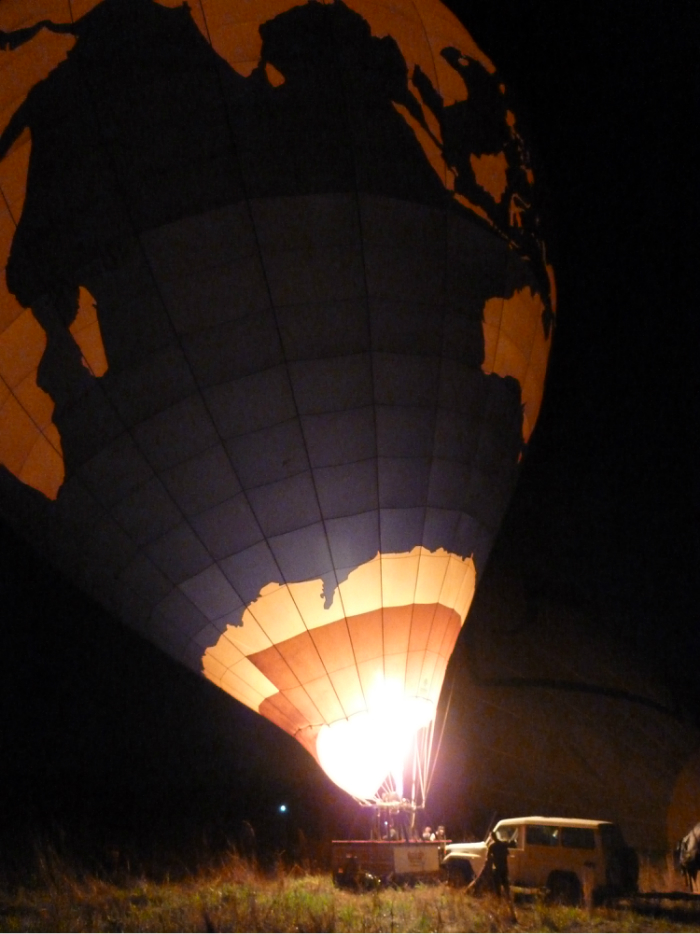The Australian Museum is currently hosting an exhibition called "200 Treasures of Australia," featuring 100 notable artifacts and profiles of 100 influential figures in Australian history. This exhibition offers a comprehensive overview of Australia's natural and cultural heritage - perfect for visitors wanting to understand Australian history and culture in a short time.
The museum spans three levels with high ceilings. Each floor's exhibition space is relatively small - fortunately, given Australia's smaller population; if it had crowds like China's National Museum, it would be overwhelmingly packed. The museum's overall style is fantastic - it has that "yes, this is exactly how museums look in movies" feel.
One of the most striking exhibits is a skeleton of a mounted horseman. While human skeletons are common in museums, and horse skeletons less so, seeing them combined in a riding position is quite rare. Thanks to various movies and games, "bone rider" was the first thing that came to mind when I saw it.
On the second floor, there's a moose skeleton suspended outside the corridor. The biographical exhibition is mainly on this floor, with life stories of various historical figures - most unfamiliar to us, so we merely glanced through. The museum also houses natural history exhibitions, featuring wildlife, dinosaurs, minerals, and marine life.
There's a model of the Diprotodon, an extinct creature that once lived in Australia. Its large size and oddly cute appearance left a strong impression on us.
The T-Rex anatomical model was another impressive exhibit. Scientists used available evidence to reconstruct not just the skeleton, but a "real T-Rex" with flesh and organs. Unlike sci-fi movies that only show the exterior, this model reveals the internal anatomy through cross-sections, including details like surface bristles and the heart.
This model was created by National Geographic Wild Channel, offering viewers an in-depth look at one of Earth's largest carnivores through a virtual dissection of an adult T-Rex. Those interested can watch the related documentary.
There's also a hall containing numerous animal specimens.
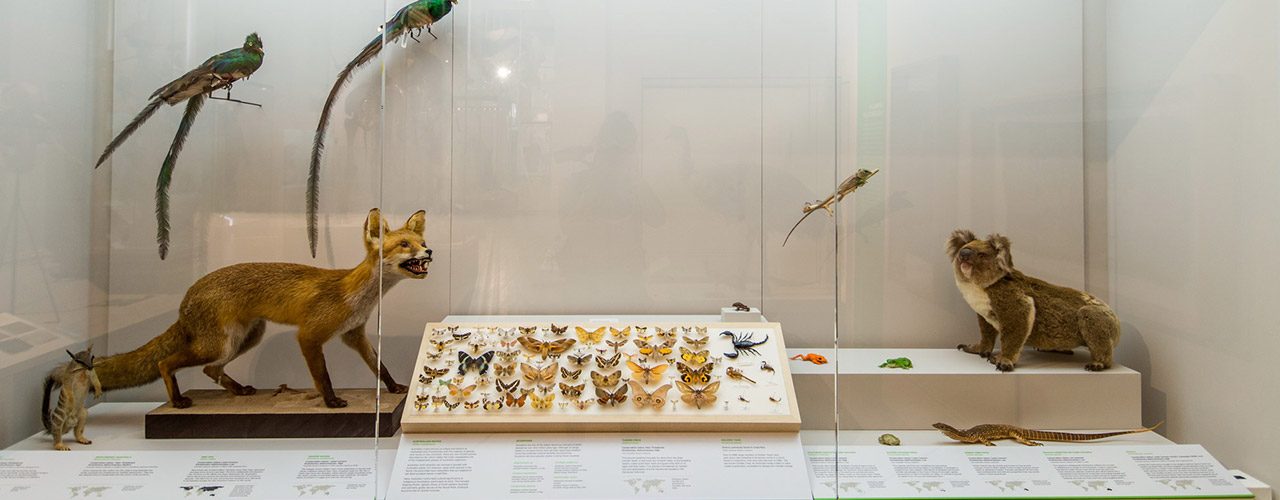
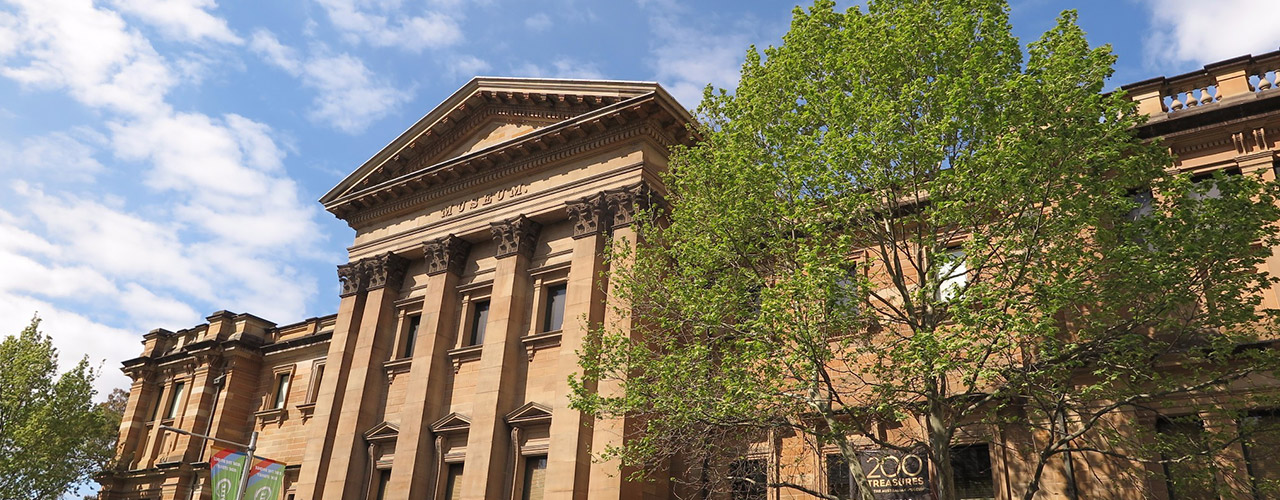
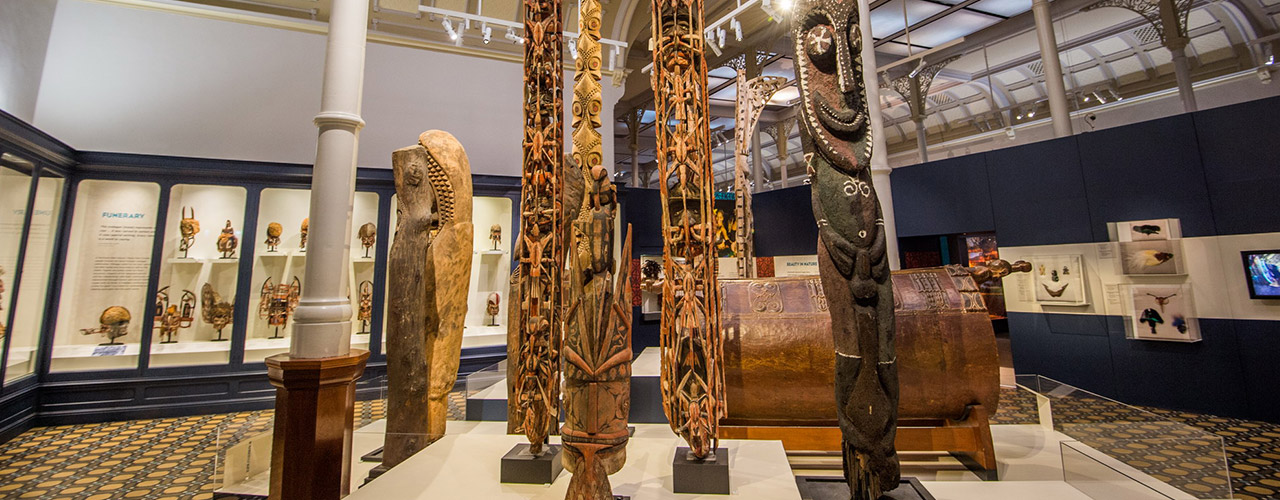


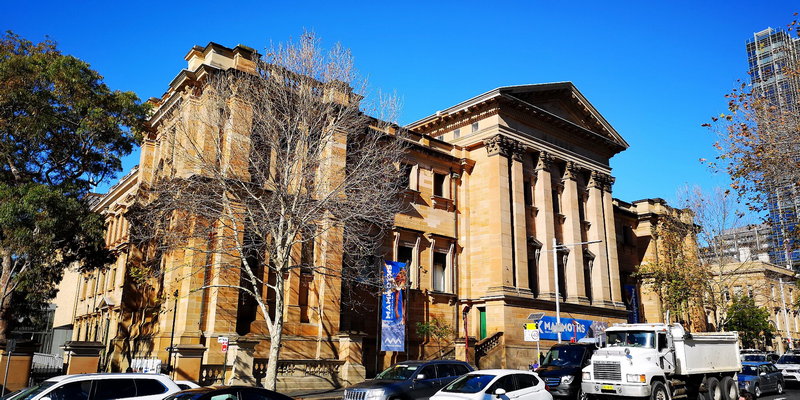
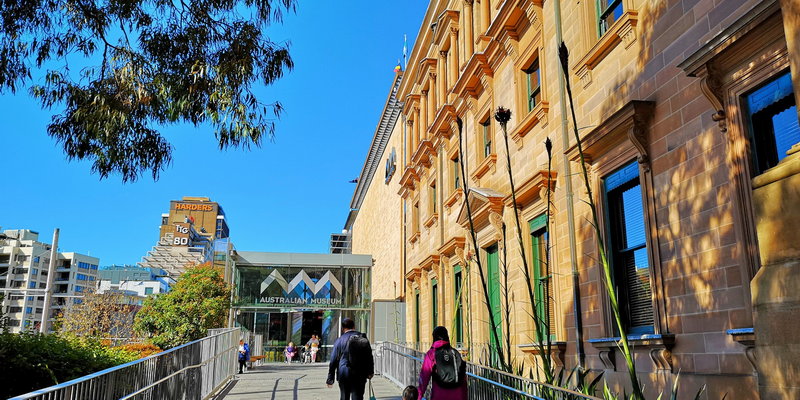




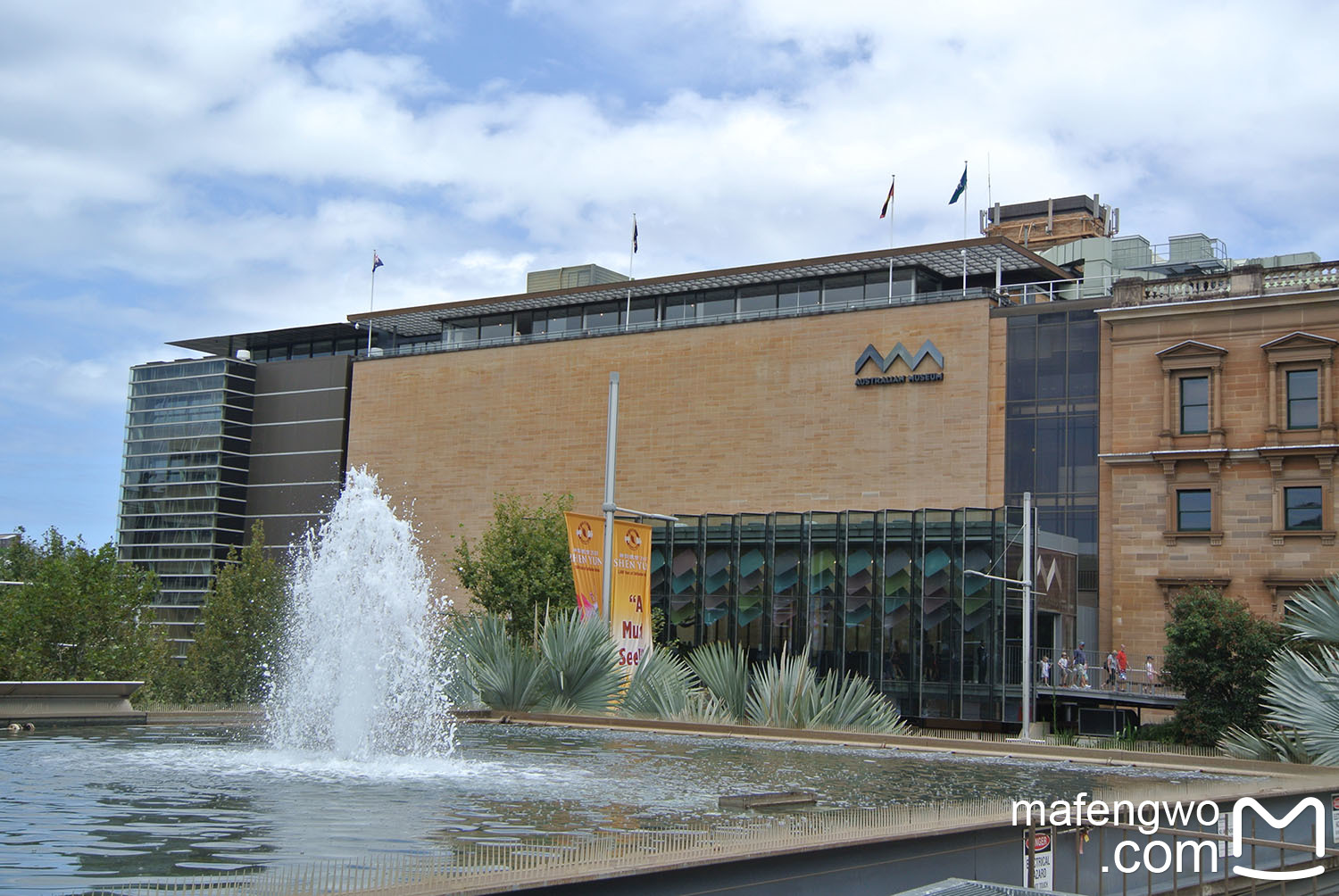
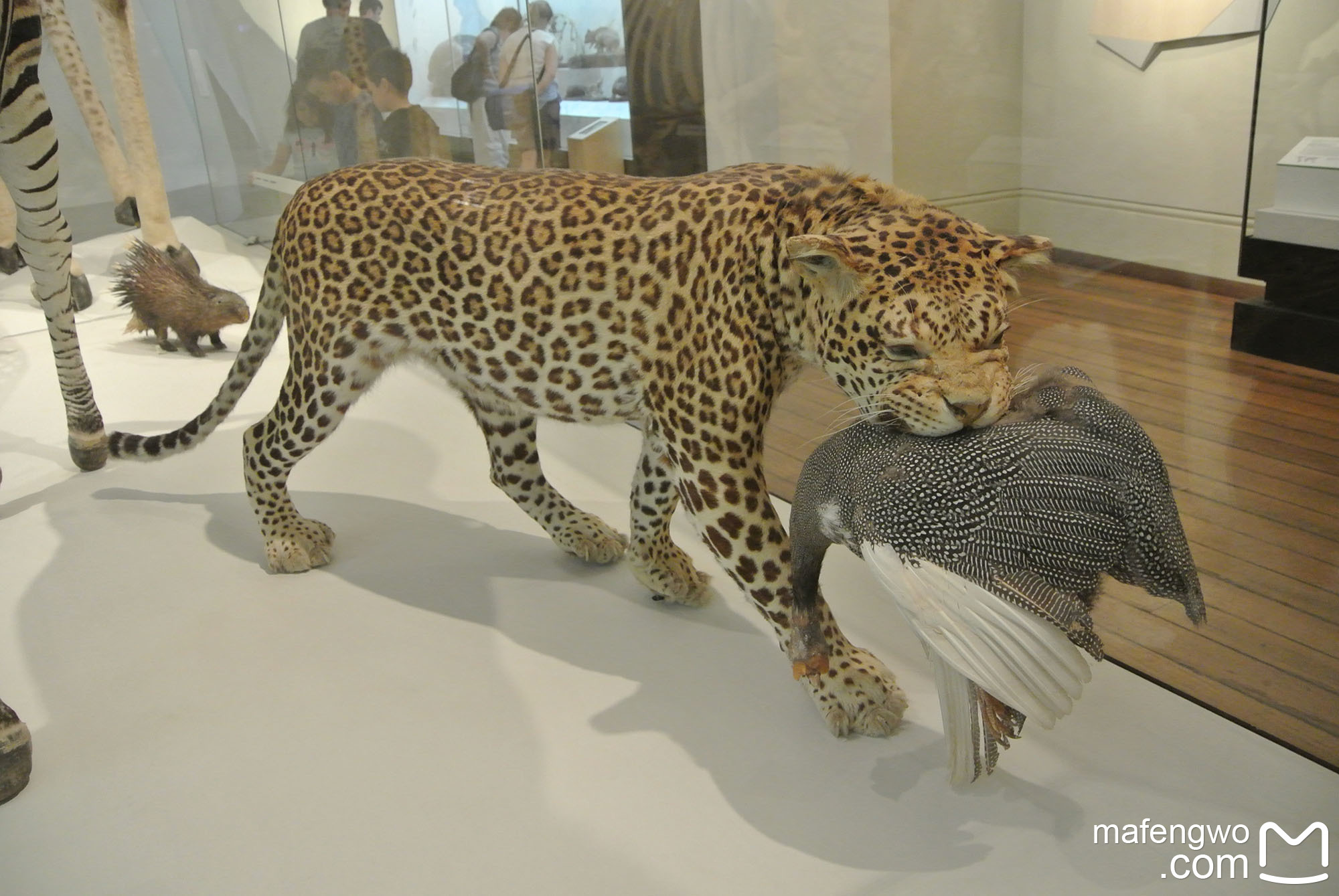
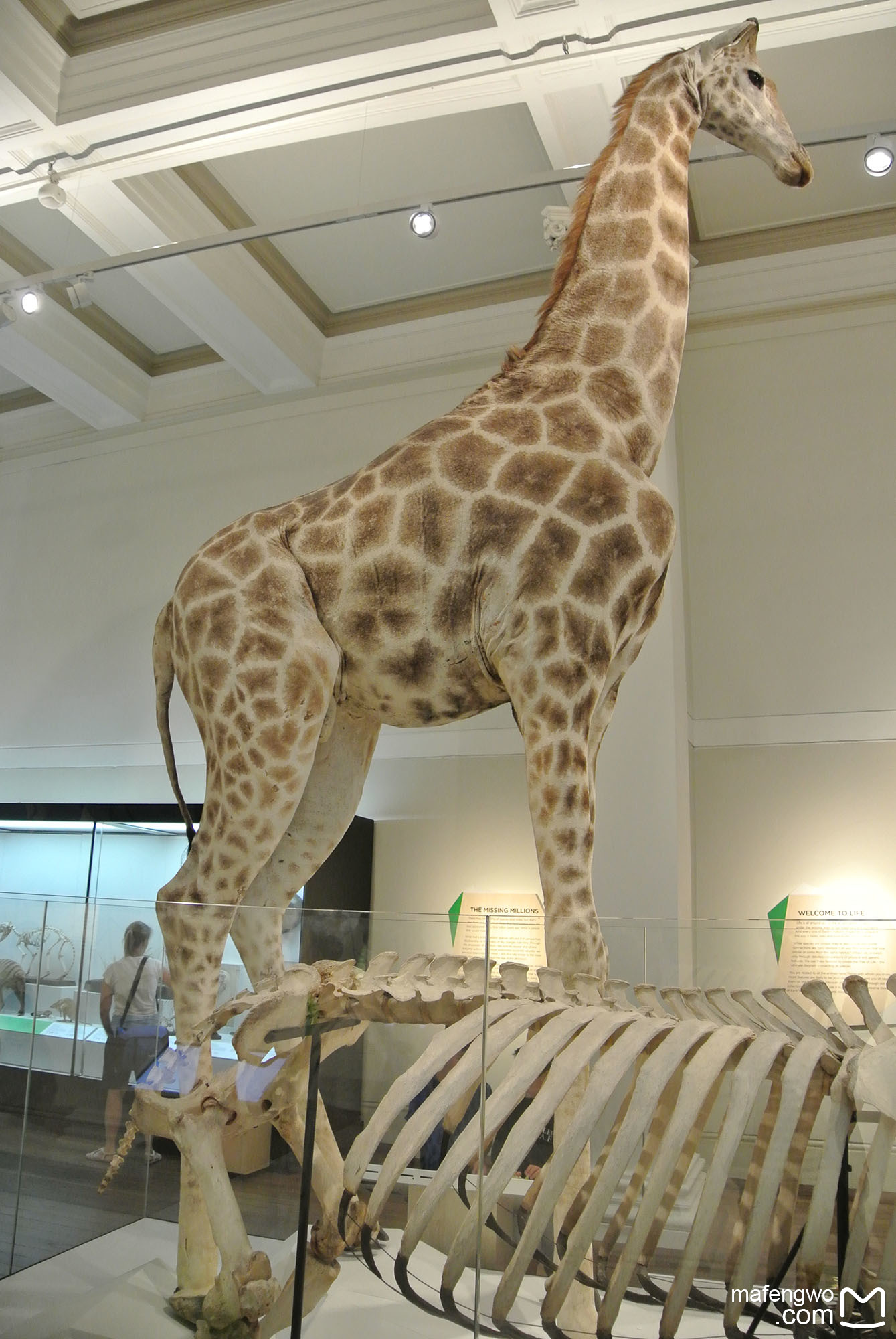


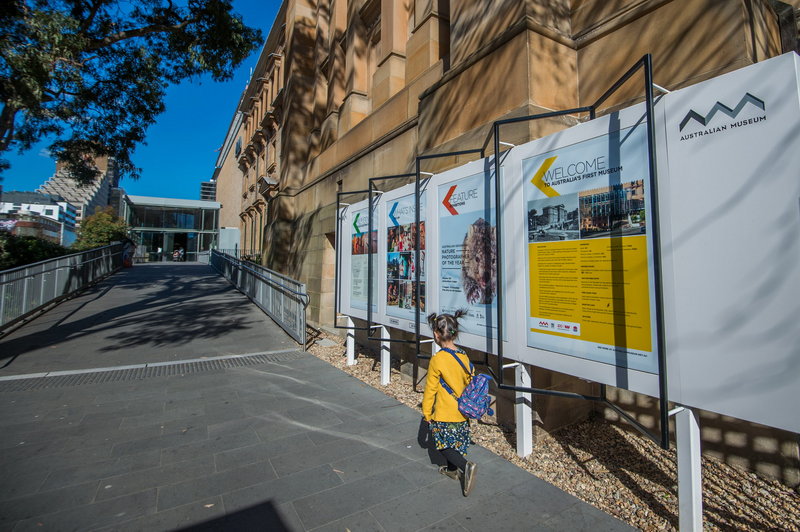
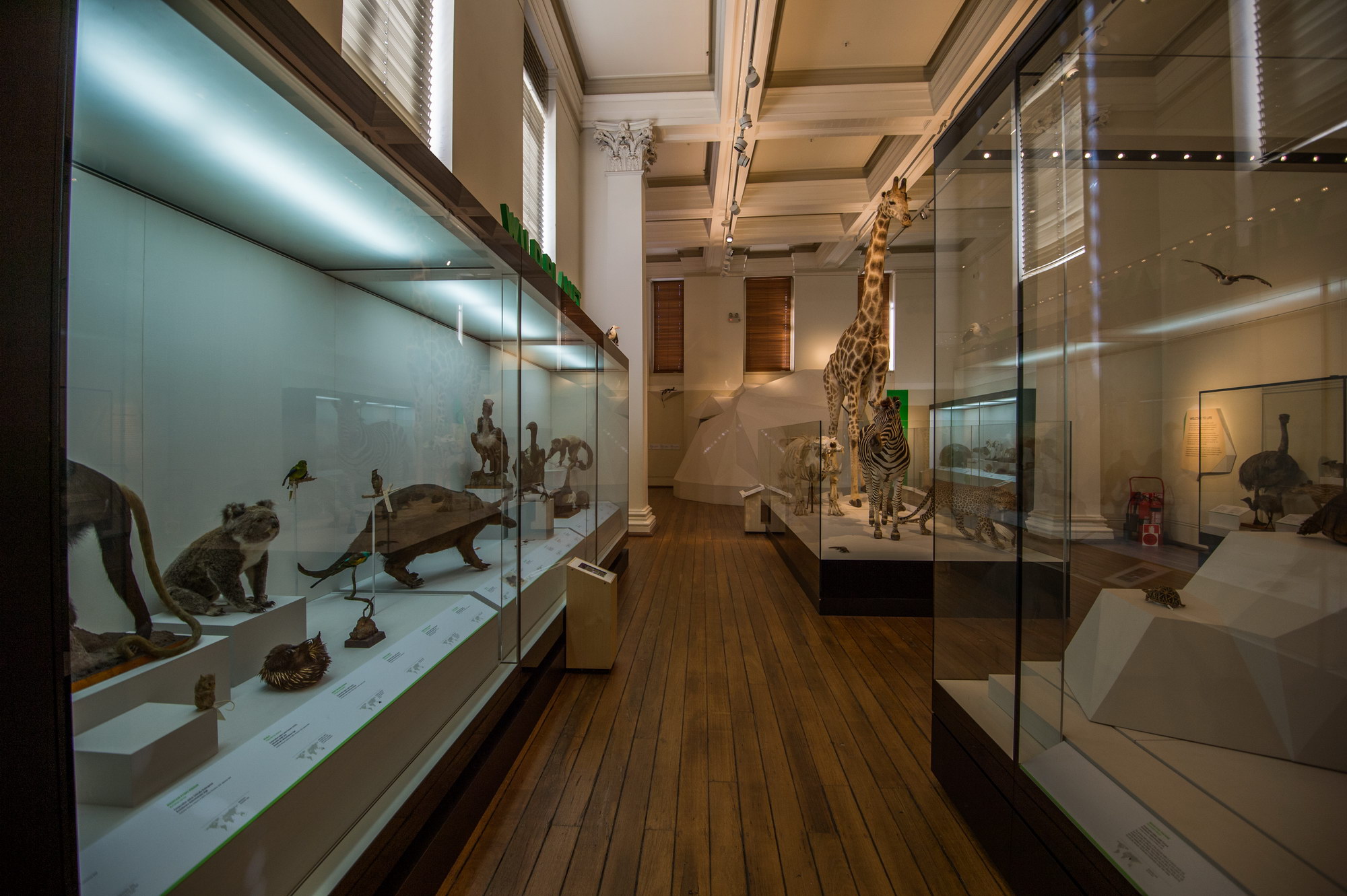
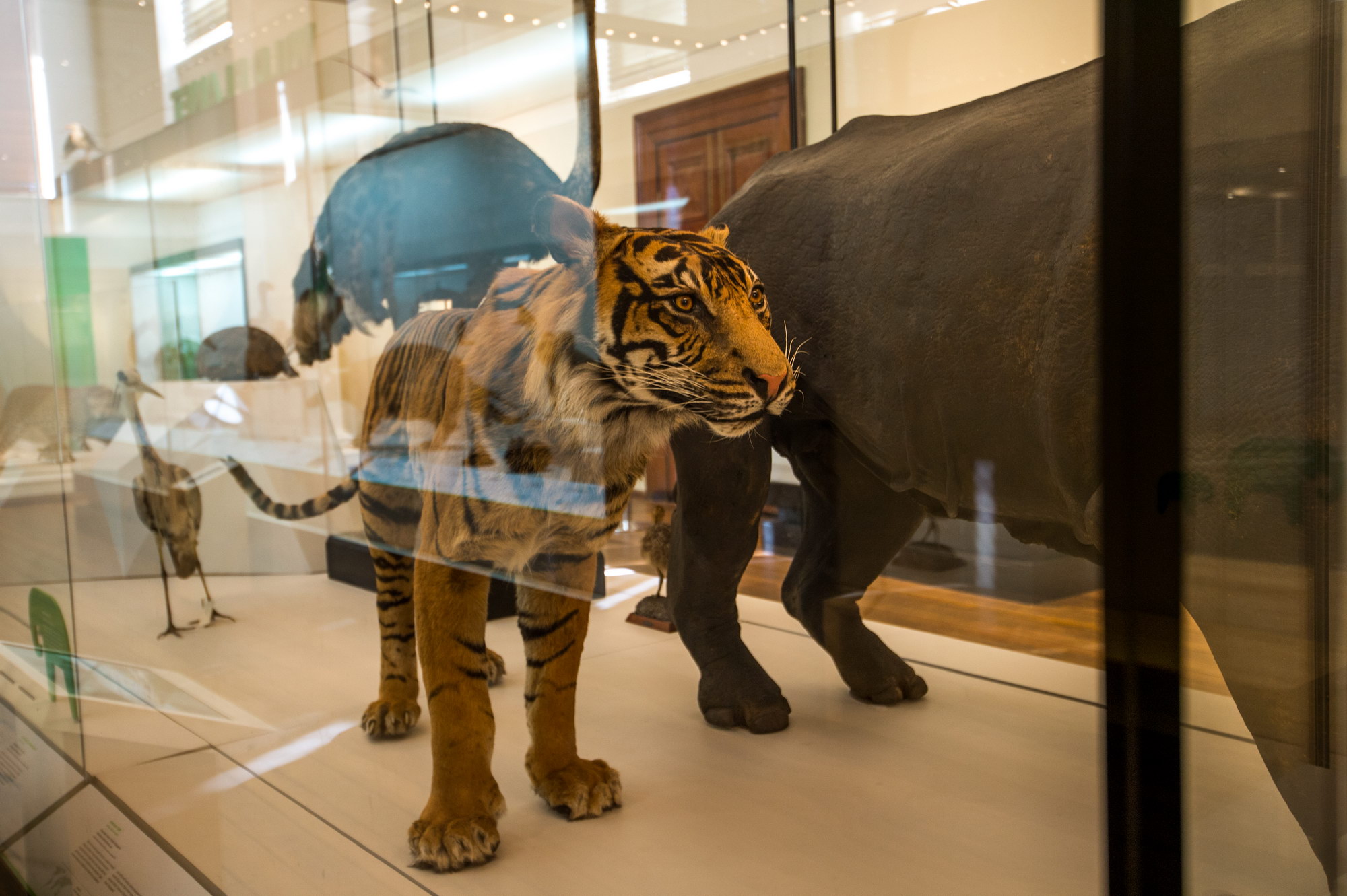
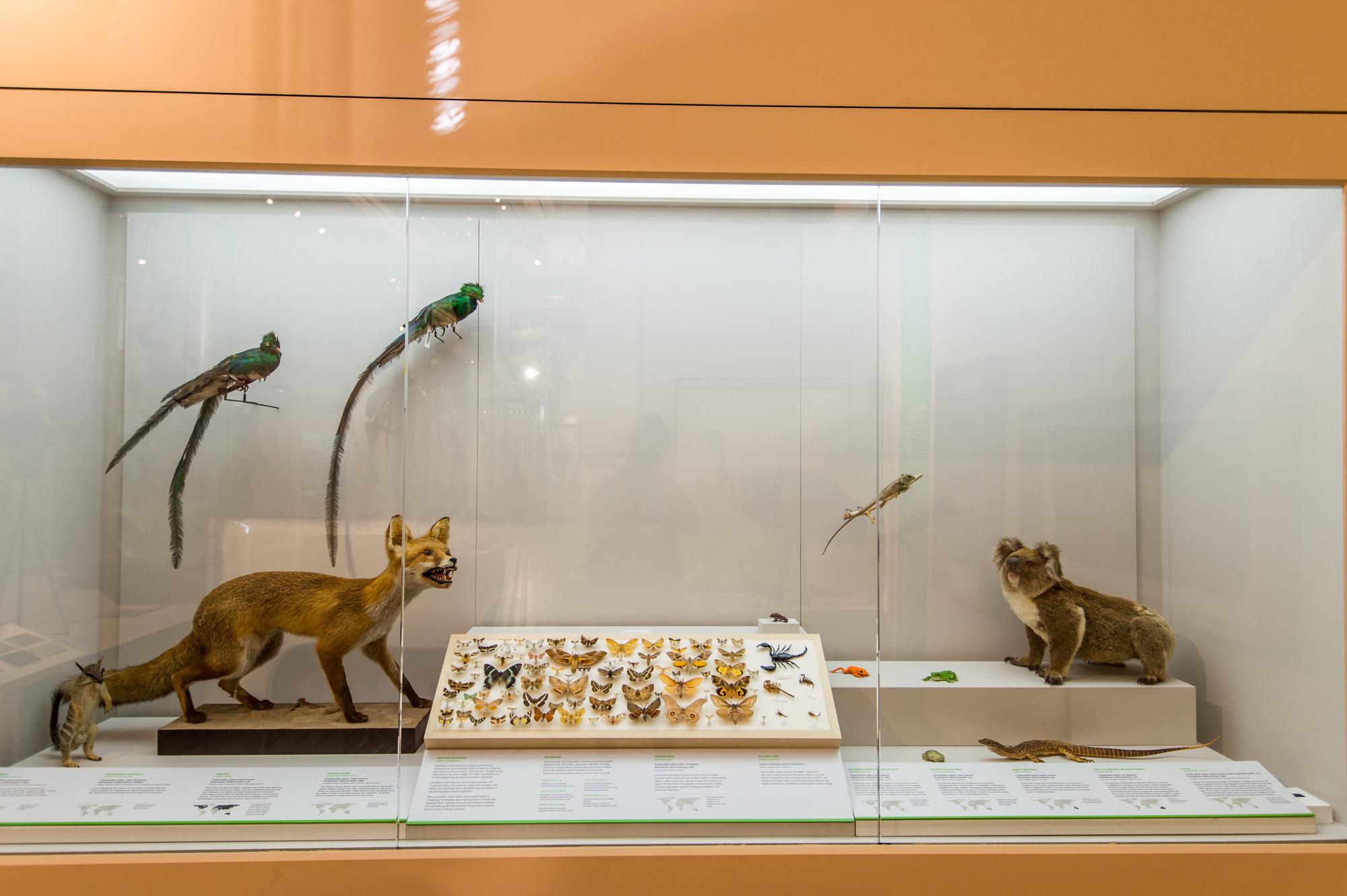

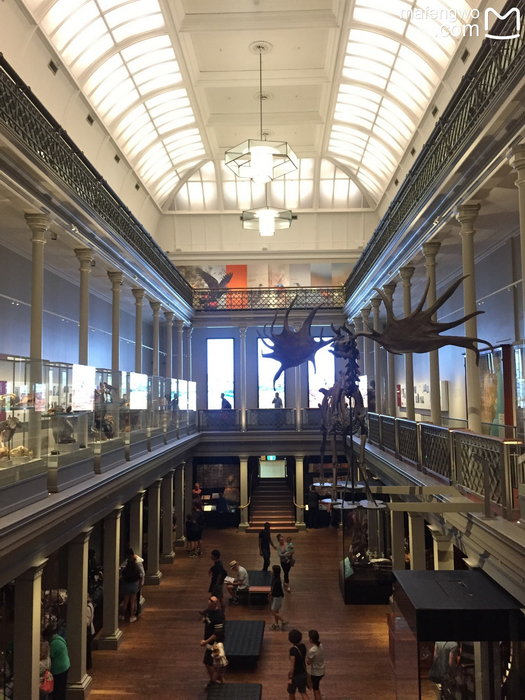
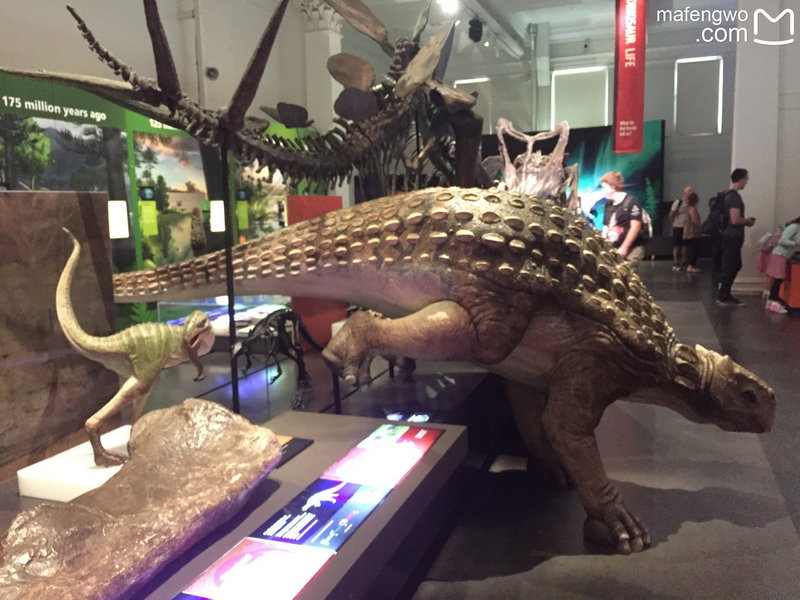
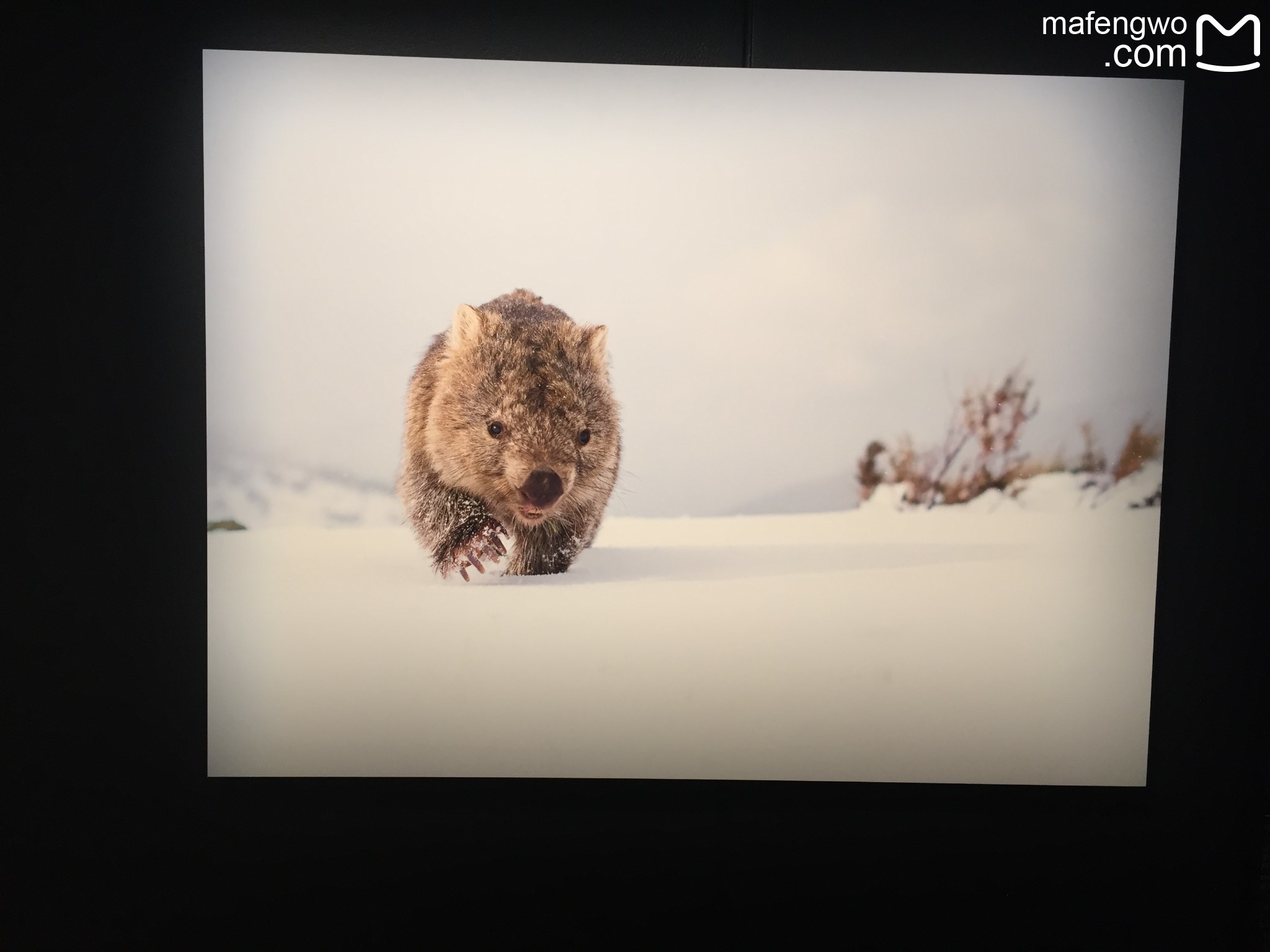
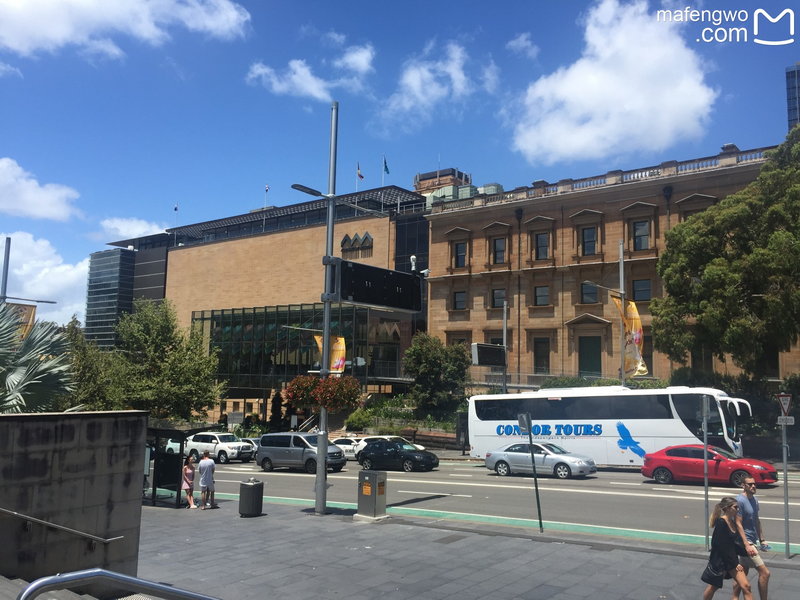

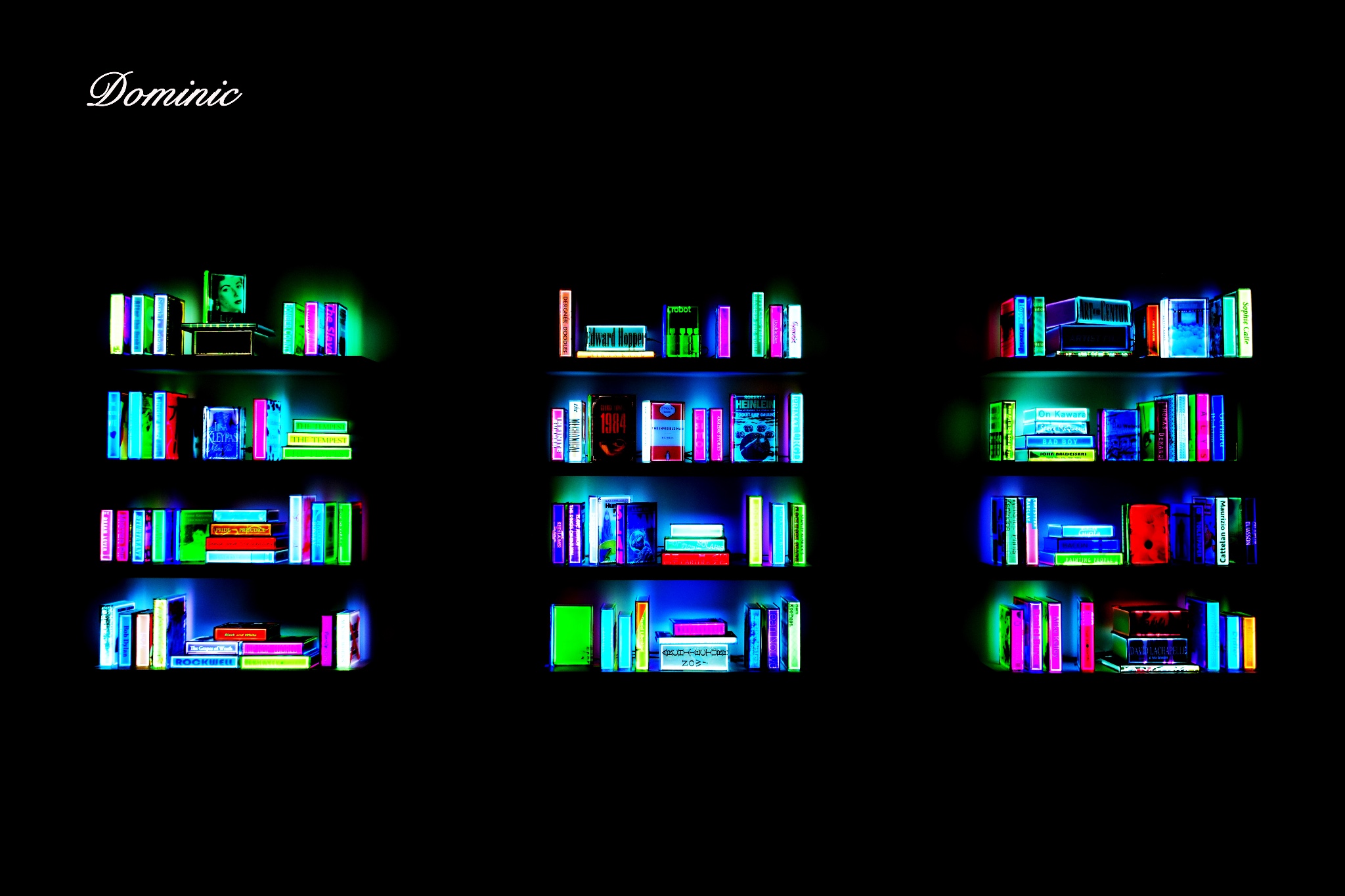
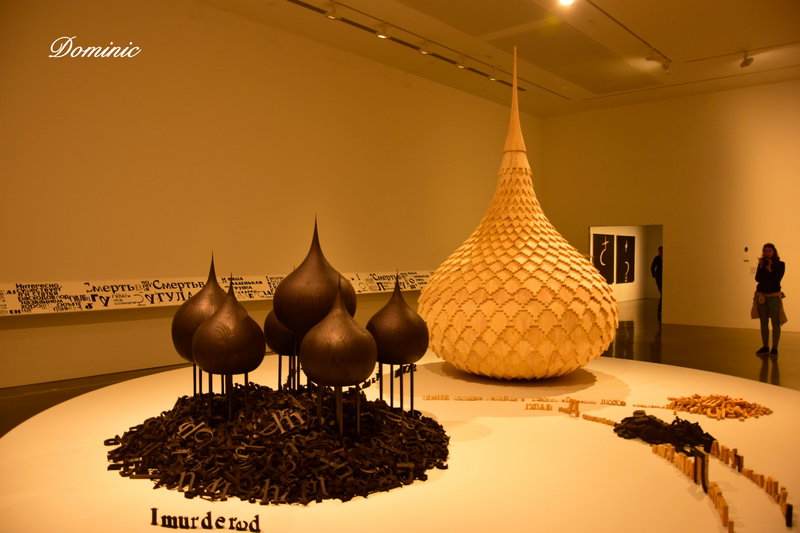
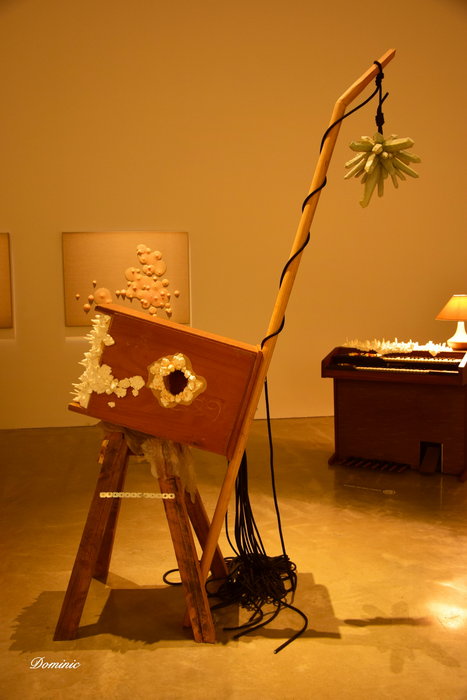

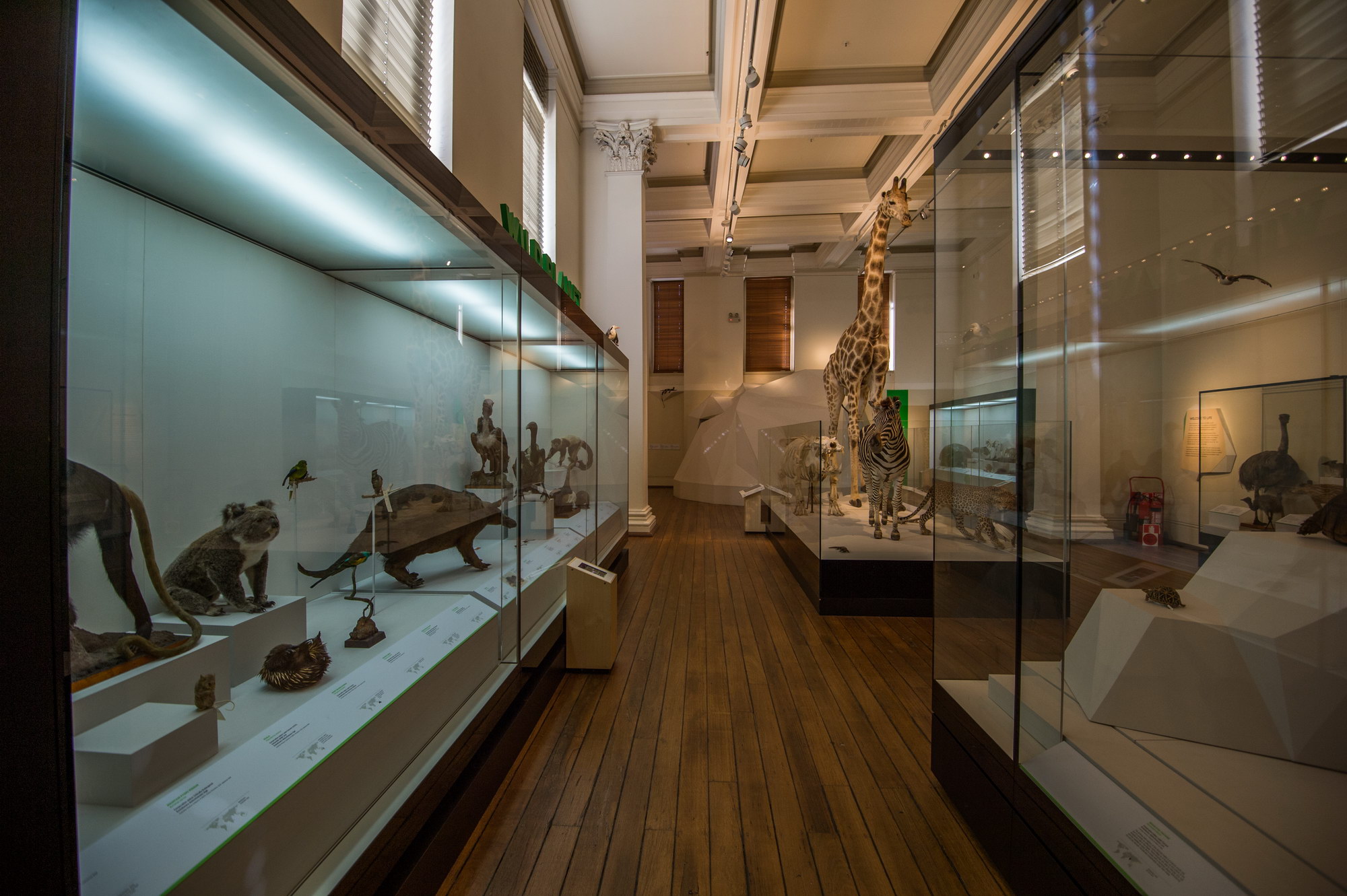
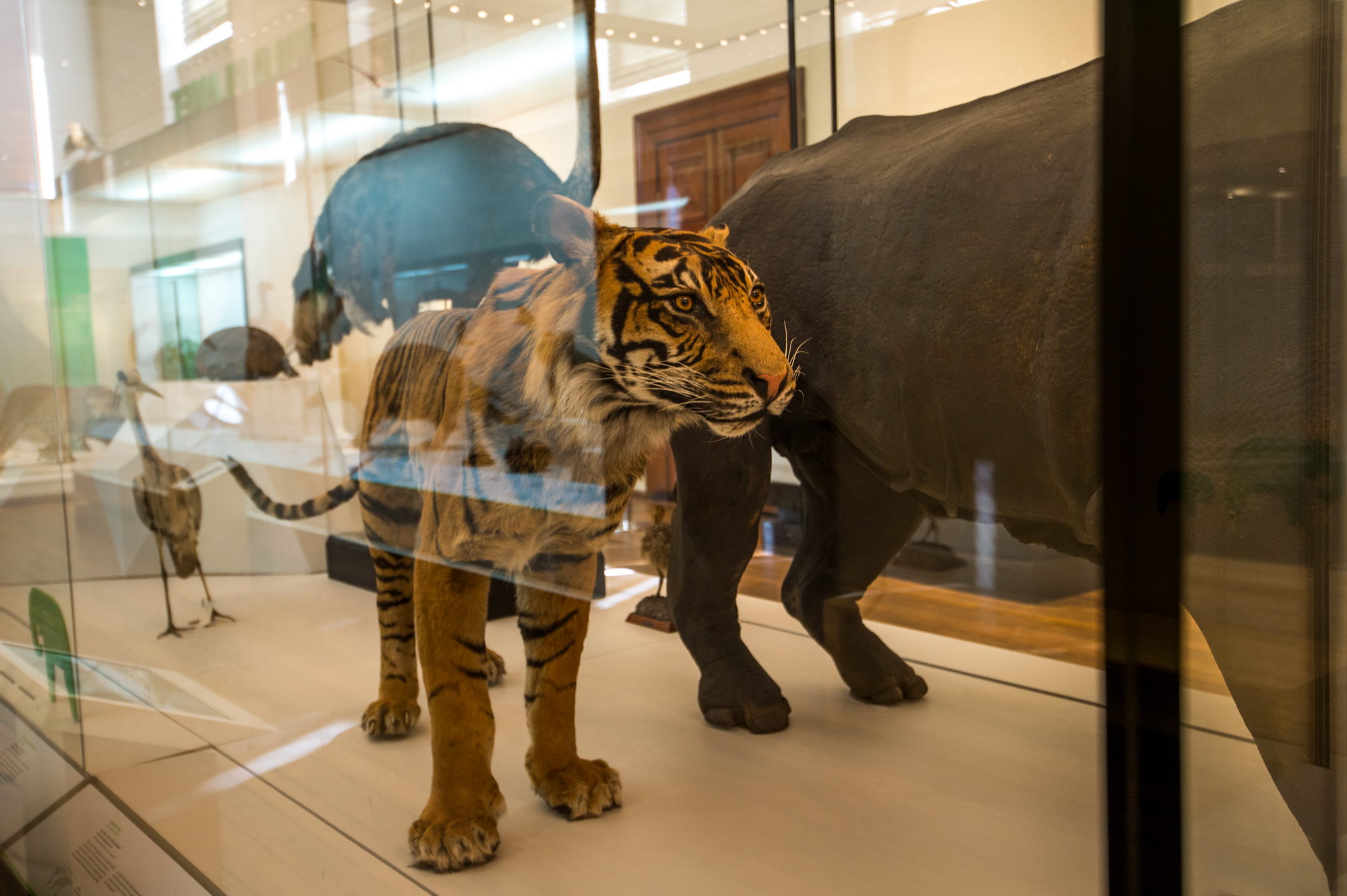
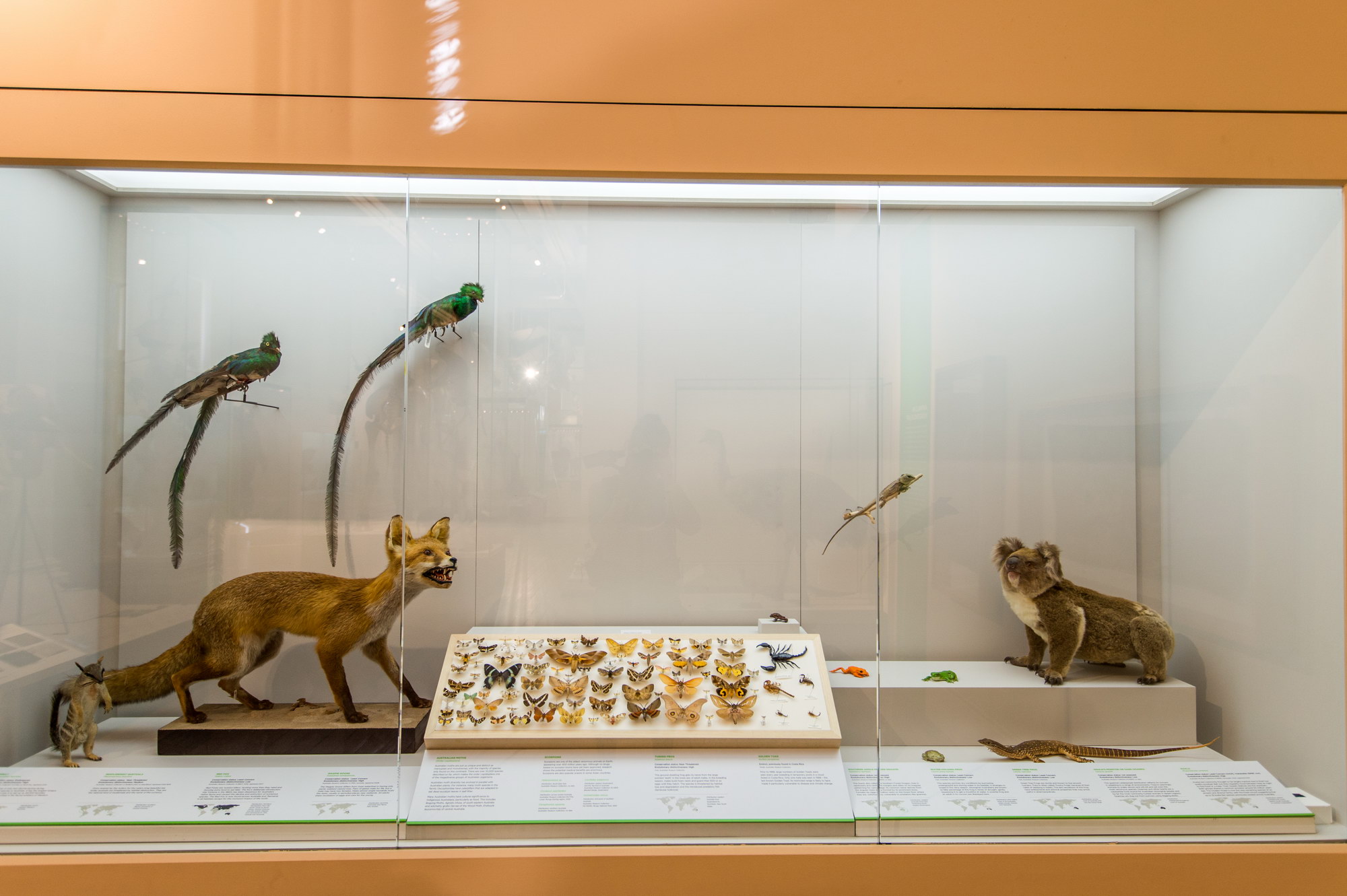

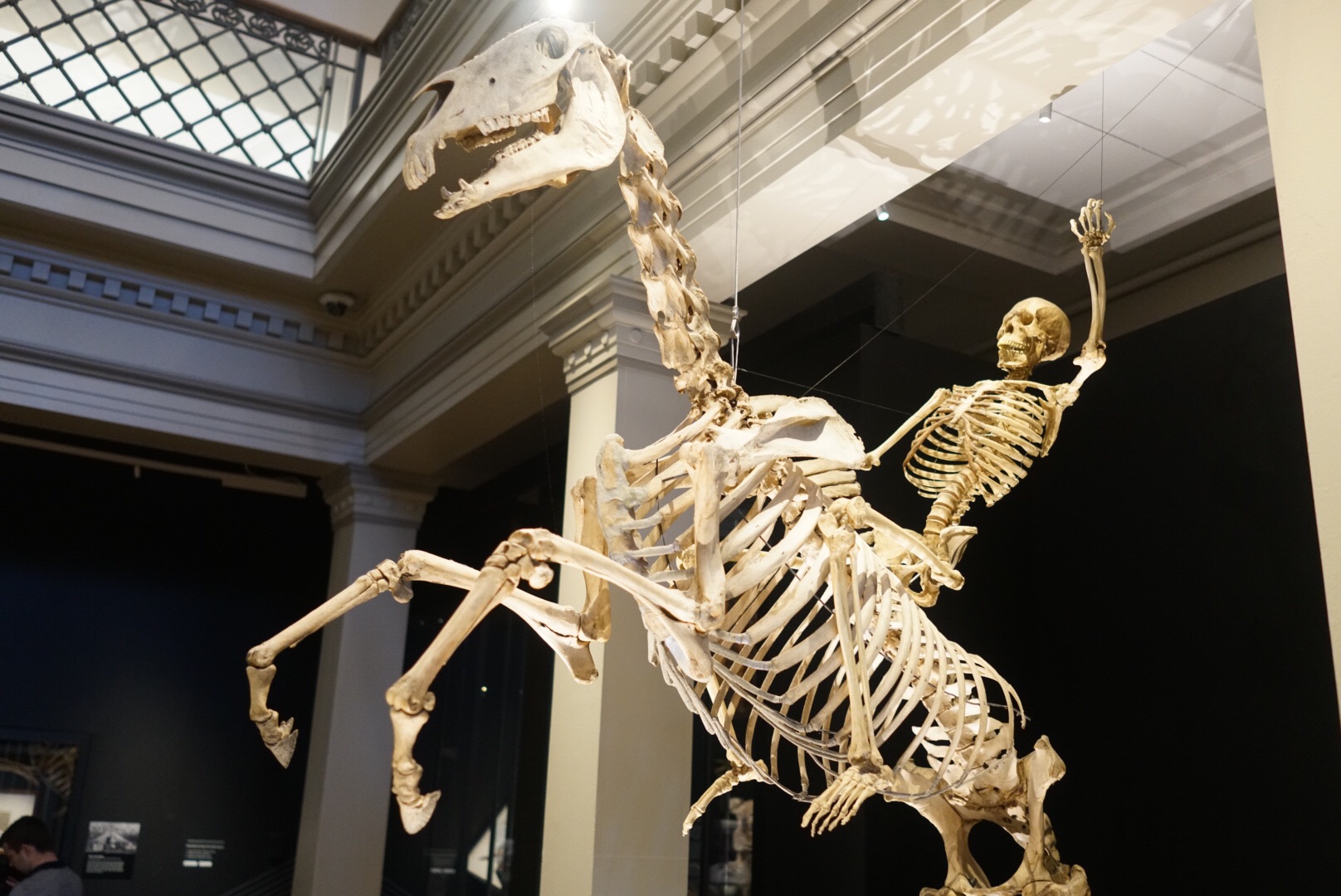
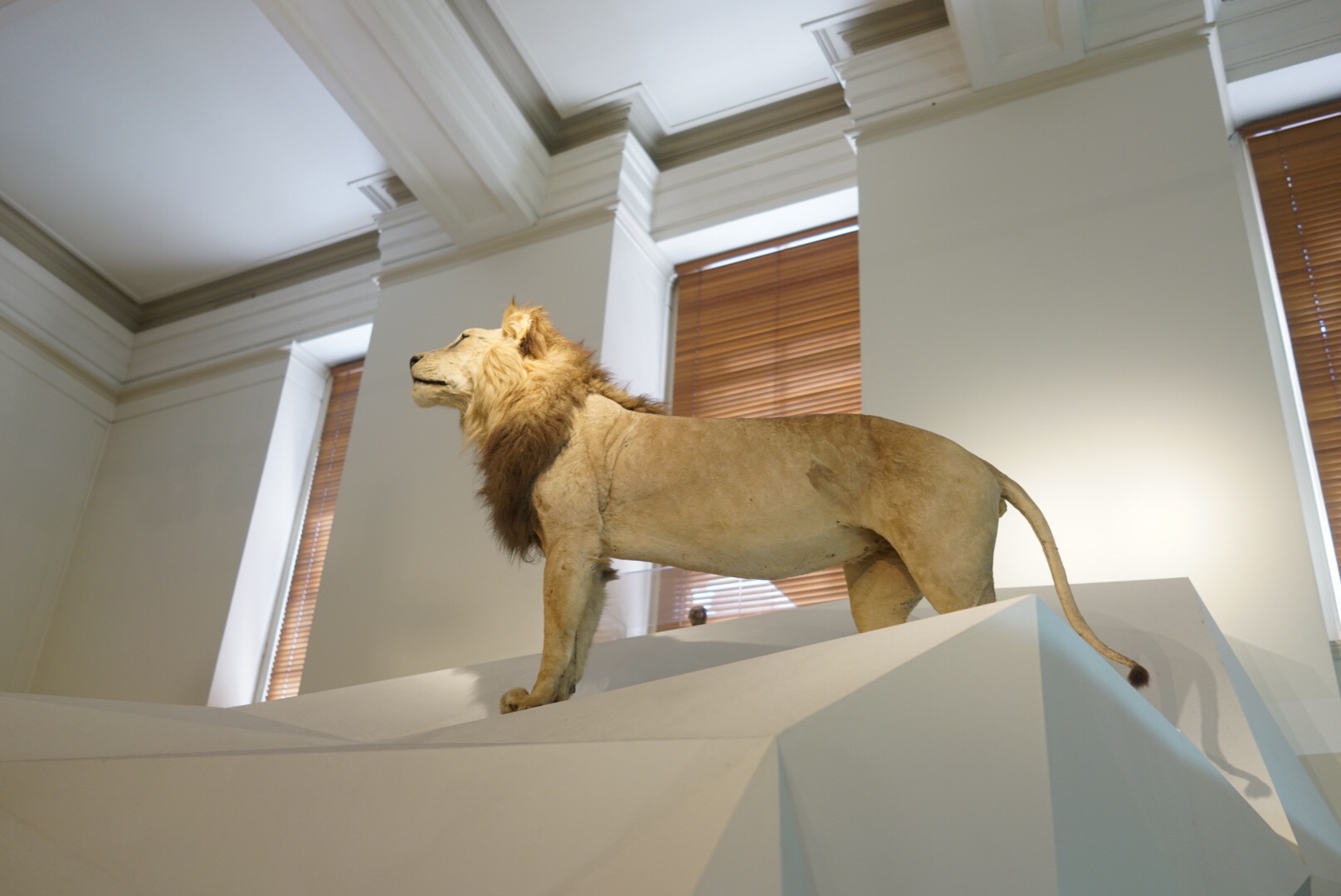

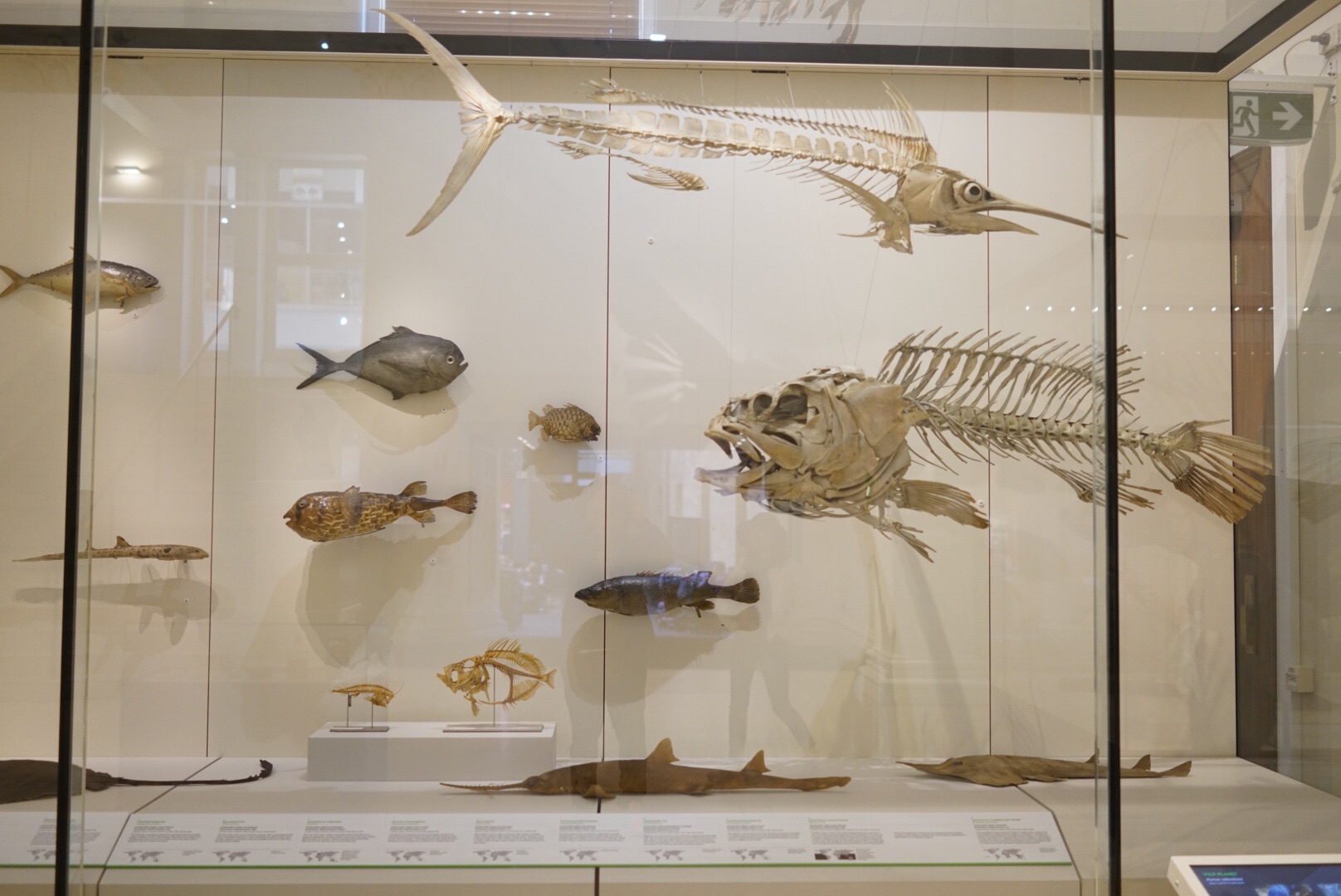


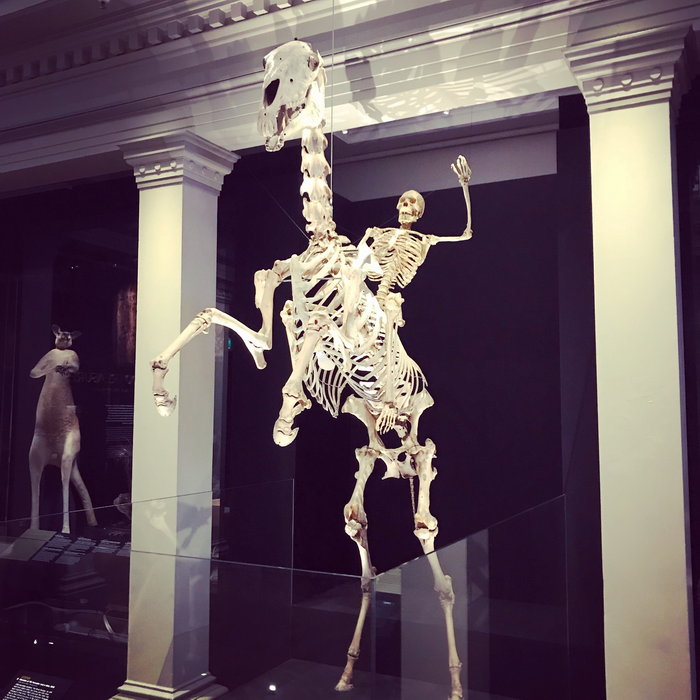
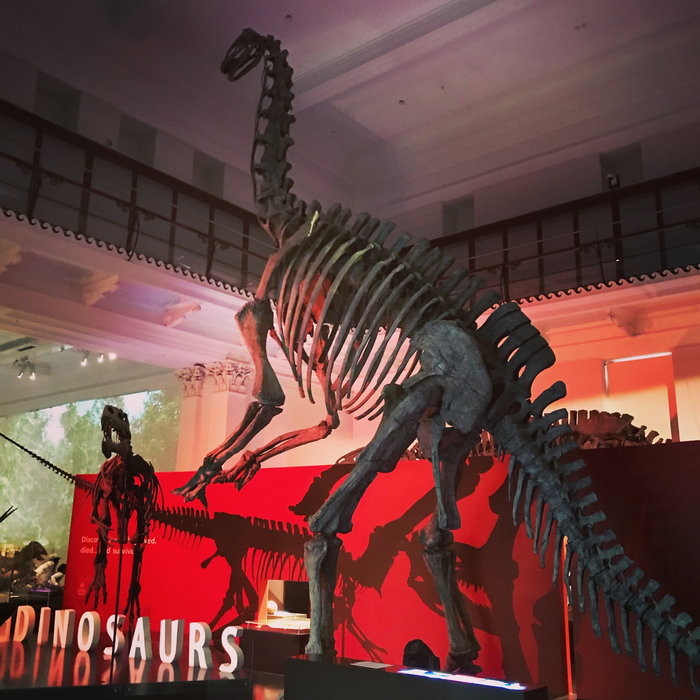

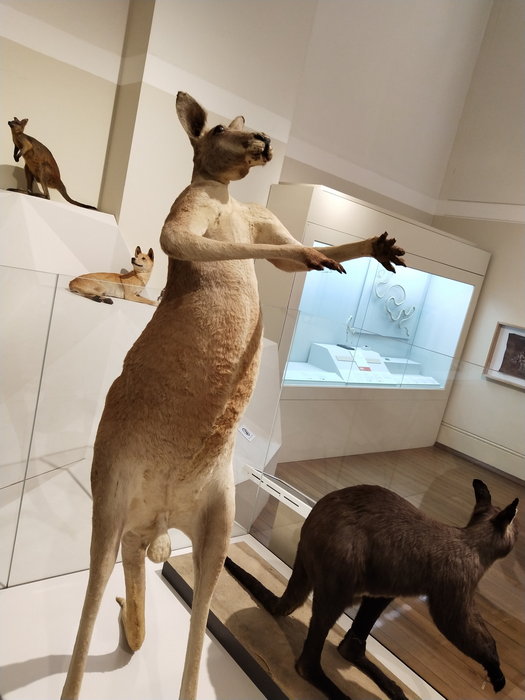


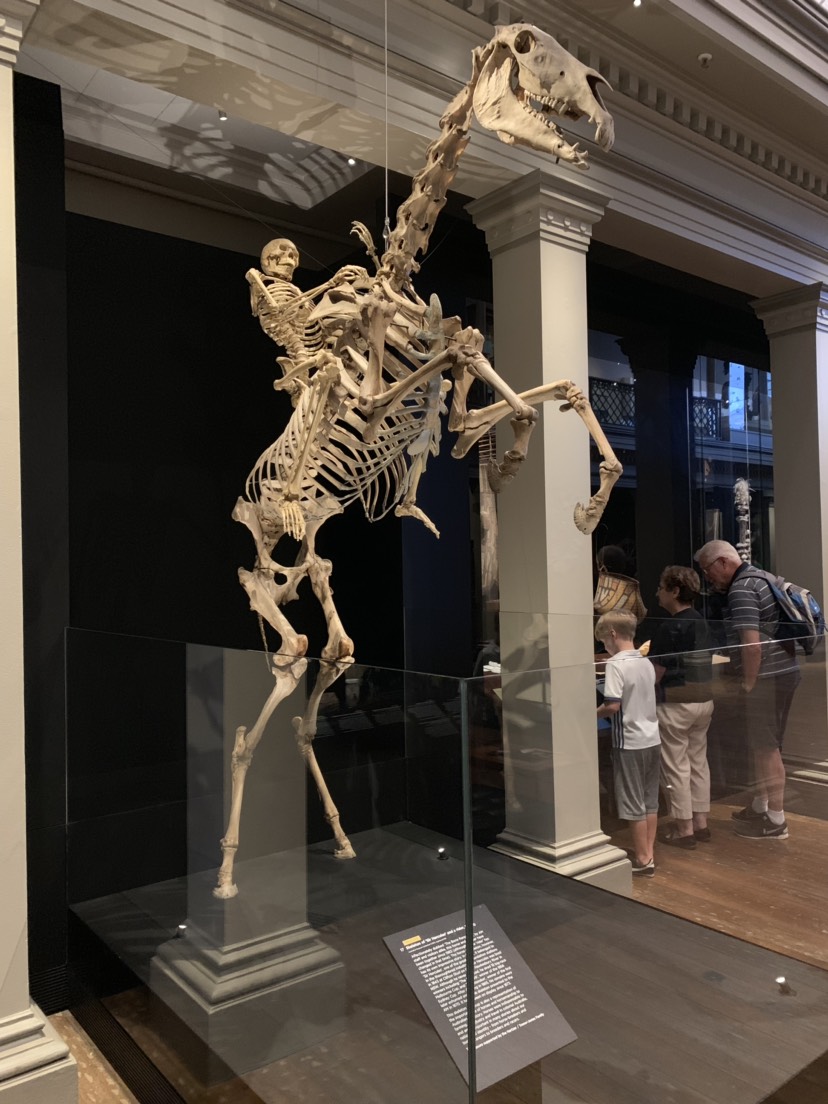
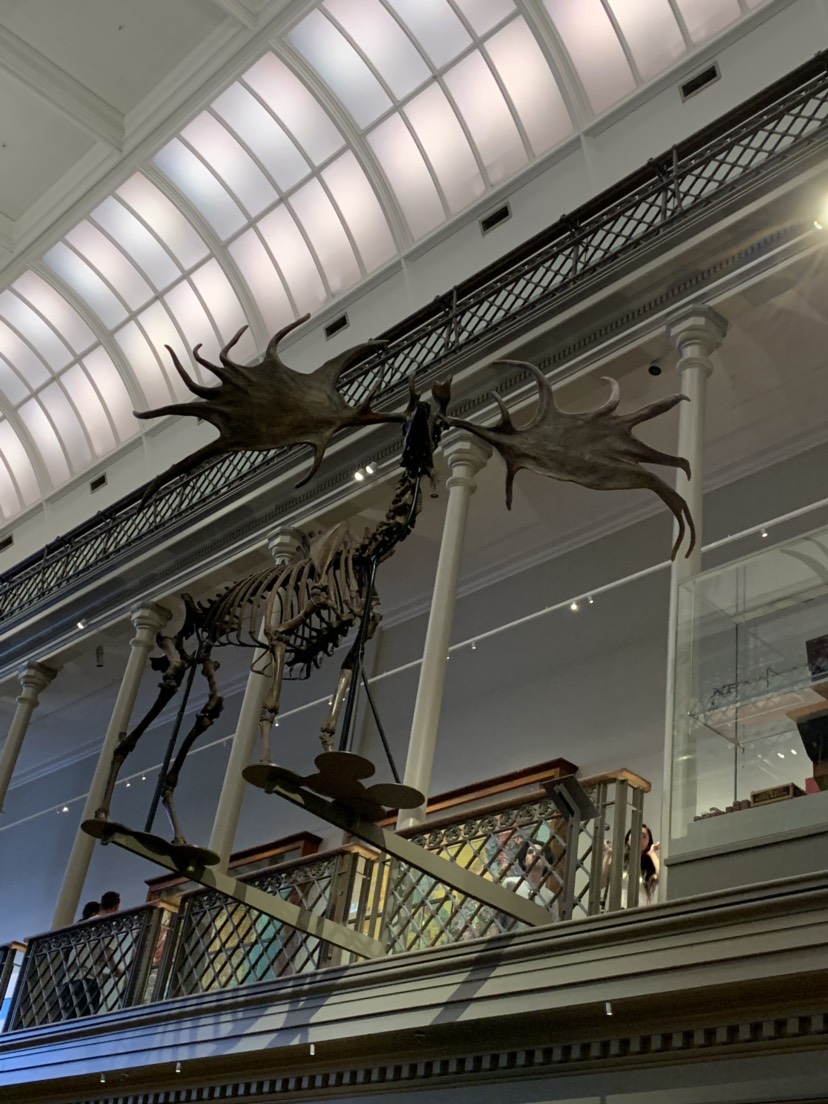
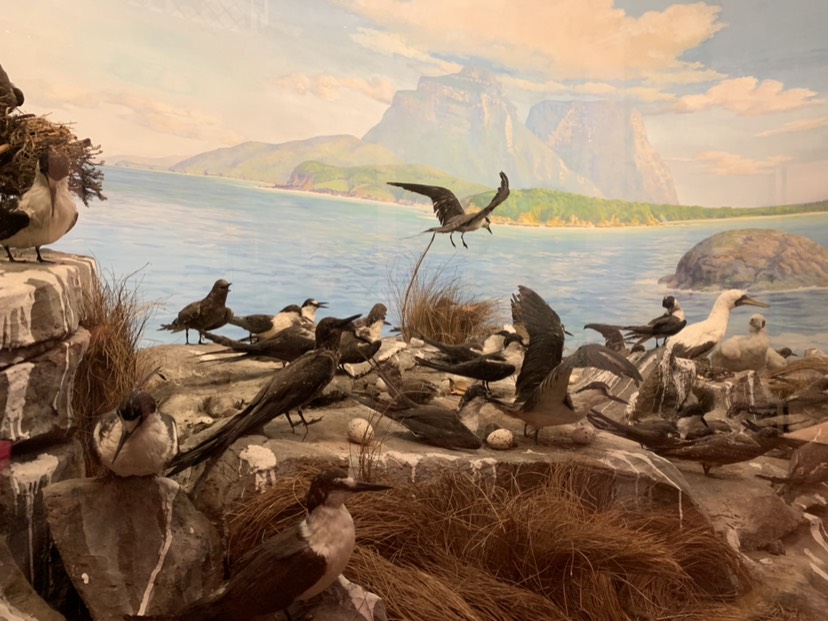

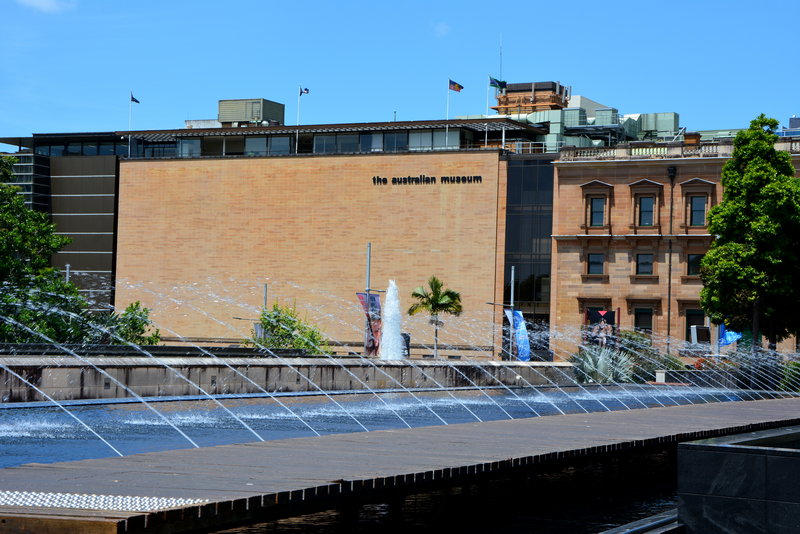


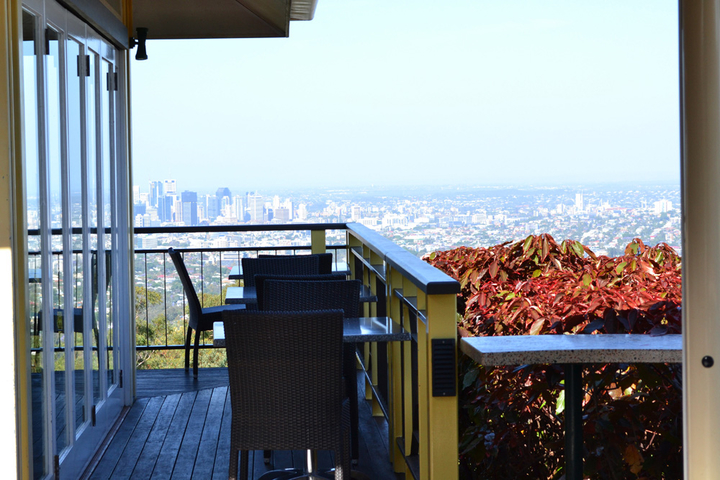
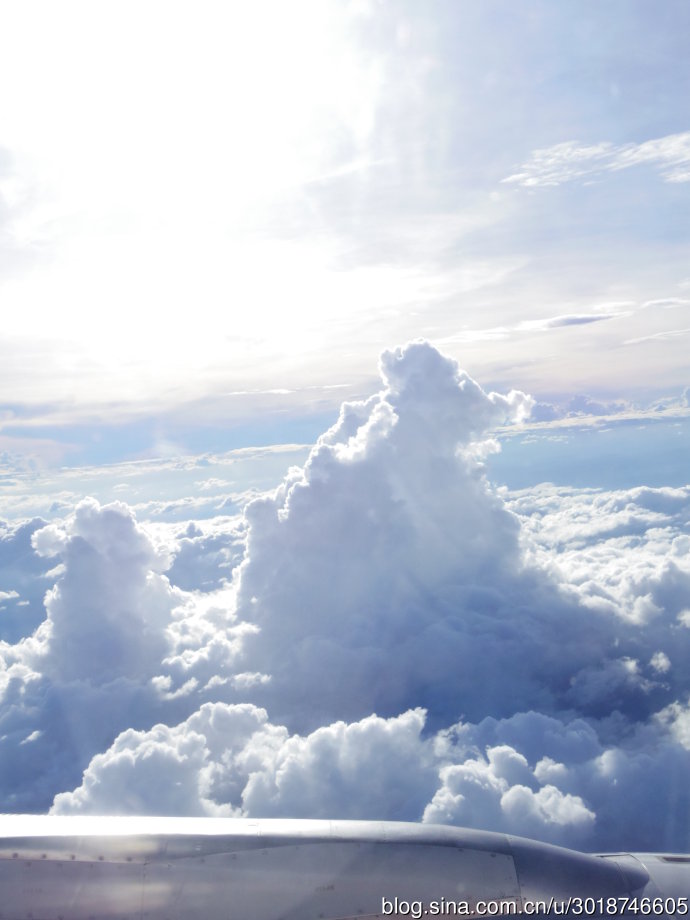


![[Cairns] 2 Special Recommendations + Scuba Diving](https://www.sydneynest.com/uploadfile/202506/23b303f31d34100.jpeg)
